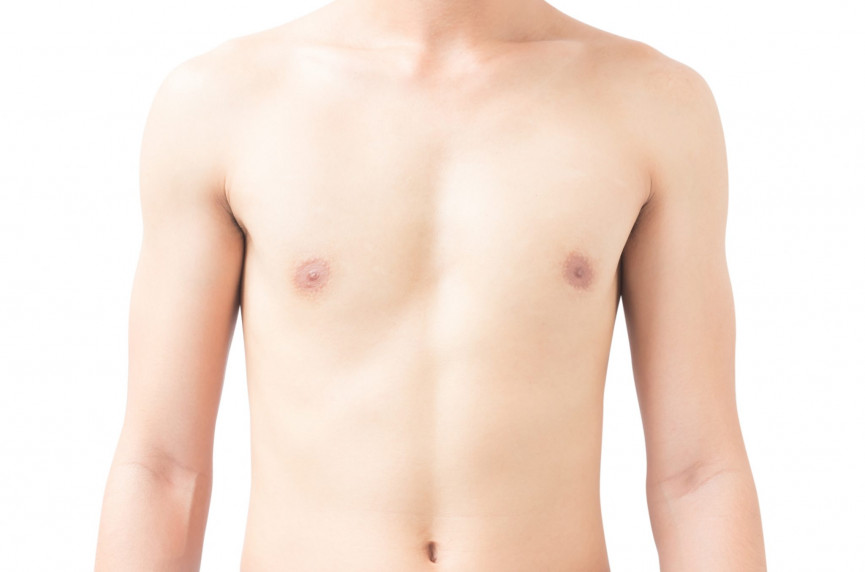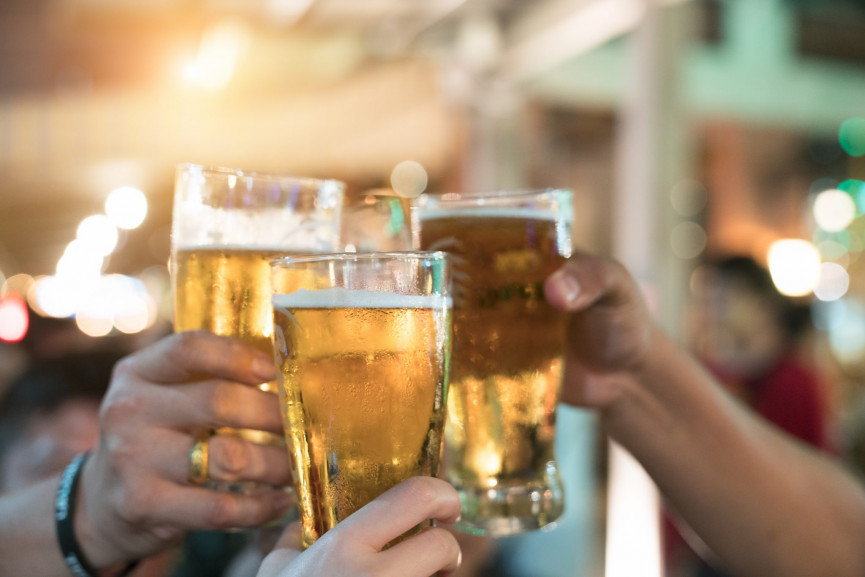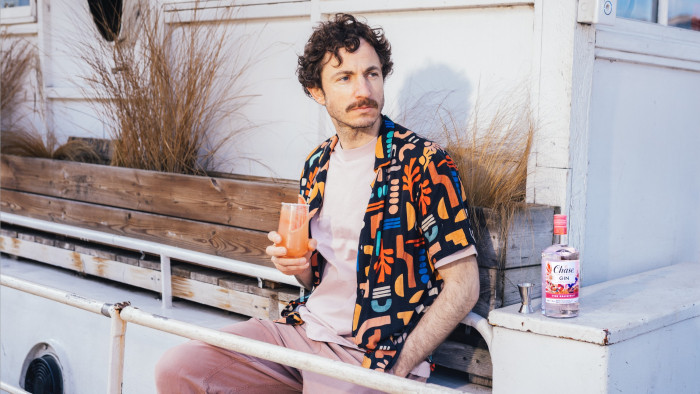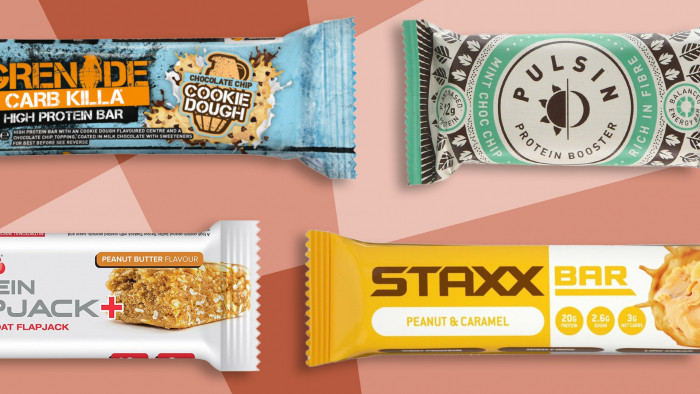How dudes can check themselves for male breast cancer, according to a doctor
It's pretty rare but some men can develop breast cancer - these are the warning signs


More than 1 in 3 people in the UK will develop some form of cancer during their lifetime, according to the NHS.
And for men, the most common causes for concern are the prostate, the lungs and the bowel.
But there’s also a very slim chance that some men could develop male breast cancer.
“Men who have a family history of breast cancer should enquire about the breast cancer genes and should be more alert to any lumps or changes in and around their nipples,” says Dr Jay Bowden from London Doctors Clinic.
Thankfully, it’s quite rare in men (a 1 in 870 lifetime risk) but if you’re concerned, here’s what you need to know and how to check yourself.
What are the signs men should look out for?
“The signs of breast cancer in men are essentially the same as those in women.
“In men, lumps are typically found just behind the nipple. Most men don’t realise that they have a small amount of breast tissue too, regardless of whether they have ‘moobs’. In men, it sits just behind the nipple and this is the area to be most aware of. You should also be aware of lumps in the arm pit.
“Nipple changes such as eczema, changes in the shape (inverted or pulled-in nipples), redness and inflammation could all be signs of cancer.
“Nipple discharge (liquid leaking from the nipple, especially if blood stained) could also be a cause of concern.
“Also, male breasts commonly develop in puberty or following significant weight gain but if they aren’t symmetrical, you should see a doctor. Any firm or hard areas should also be checked out as soon as possible.”

Lumps, nipple changes and discharge are all potential warning signs
How should men check themselves for breast cancer?
“Just be aware of the nipple area and what is normal for you. If you look in the mirror and things look different or if you feel any lumps, especially if they are firm, then get them checked out.”
What causes breast cancer in men?
“Age is the most important risk factor for male breast cancer and it is rare under the age of 60.
“Genetics are also important. Some people carry the breast cancer genes BRCA1 and BRCA2 – the latter appears to be more significant in men.
“Even without these genes, a family history of breast cancer in two or more relatives increases the risk, especially if the cancer developed at a young age (below 40 years old).”

Cut back on the beers to reduce your risk of cancer and to boost your overall health
How can men reduce the risk of male breast cancer?
“Whilst there is nothing we can do about our genes and the ageing process, there are some important modifiable risk factors. Obesity and liver disease – due to excessive alcohol consumption, for example – increase the level of oestrogen in our bodies, even in men! Oestrogen is the hormone that drives many types of breast cancer and can therefore have a significant effect.
“Drinking less alcohol, exercising regularly and eating healthily will reduce the risk.”
So what are the key messages, then?
- Be aware of your nipple area and arm pits and report any firm lumps or nipple changes to a doctor without delay.
- If you have a significant family history of breast cancer, discuss this with your doctor.
- A healthy lifestyle reduces the risk of many cancers. Drinking less alcohol, exercising more and maintaining a healthy diet really does help.
(Images: Getty)
Latest


Ten things you need to know about Hyrox


Is clubbing actually good for you? We asked an expert


Horticulturist shares tips on how to urban garden
Related Reviews and Shortlists


Best gifts for runners that they'll actually want and use






